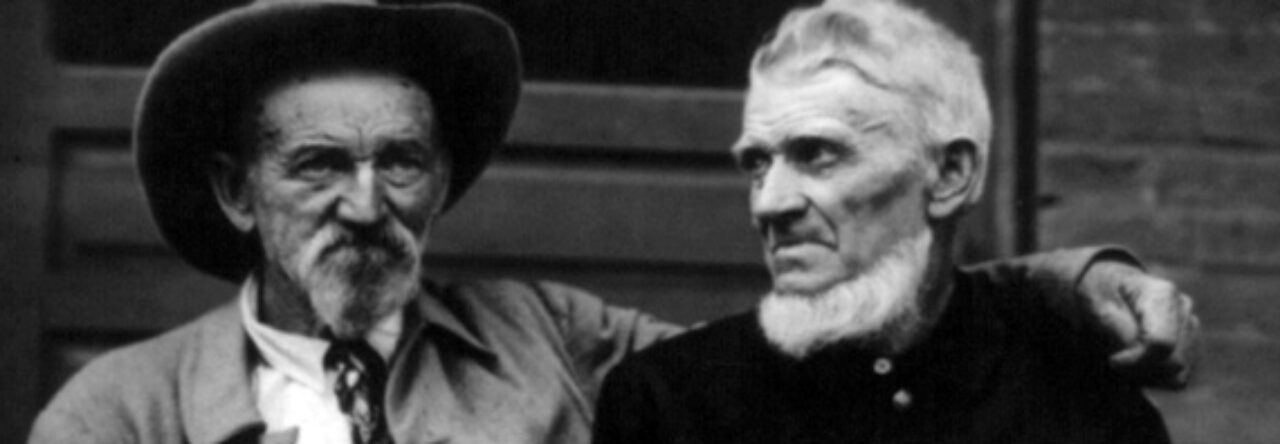It is for us the living, rather, to be dedicated here to the unfinished work which they who fought here have thus far so nobly advanced.
–Abraham Lincoln, November 19, 1863
The Civil War was a defining moment in American history because it proved to be a wrenching conflict that drove millions of ordinary people to make extraordinary sacrifices. In an age of slavery, Americans argued frequently over the meaning of national ideals such as liberty, justice and union. These debates exploded into unprecedented violence during the 1860s. The violence eventually subsided, but as Abraham Lincoln noted at Gettysburg, the decades since the Civil War have only further demonstrated that there remains much “unfinished work” for the American experiment in self-government, especially in our age of greater –though still imperfect– equality.
In 2013, the National Constitution Center will launch an exhibition that addresses the story of the Civil War during its 150th anniversary. This web platform, built in partnership with the House Divided Project at Dickinson College, offers visitors a preview of that exhibition. On these pages, we have outlined the choices that we believe exemplify how Americans of all backgrounds shaped this conflict –and how they continue to shape its memory. Borrowing a framework from Barrack Obama’s speech on race that he delivered at the National Constitution Center in 2008, we have divided these perennial American choices into three types of ideals –fighting for liberty, arguing for justice and compromising for union.
These categories remind us that Americans –despite great differences– use the same vocabulary of values even as they debate fiercely over how to define these terms. Both Northerners and Southerners, for example, claimed to be fighting for liberty in the Civil War. Over the years, many Americans have argued that a just policy carefully regulates immigration while others have claimed that justice demands open borders. And it seems that every generation’s political leaders have had to make significant compromises for union, in order to keep the contentious nation together.
Visitors should feel encouraged to comment on the people and their choices as they are featured on these pages, providing impressions and any information you might have to share. Perhaps some of you are descendants of these men and women. Others might just be diligent students of the past or keepers of precious artifacts, images or documents. But regardless, all of us are the heirs of their legacy and keepers of their memory.
The final section of the website –A Future Divided– presents the most direct channel for visitors to shape the coming exhibit. By answering the question, “What issues divide Americans today?” you can contribute your own voice to an evolving chorus that will appear at the conclusion of the exhibition, designed to illustrate once again that the hard work of achieving and protecting American ideals remains forever unfinished.
